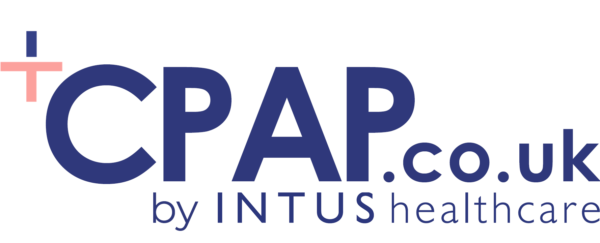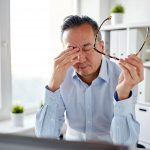Last updated on July 7th, 2023 at 02:23 pm
Bill Bolton, a bit of a sleep forum legend, posted this interesting bit of research, published in the American Journal of Respiratory and Critical Care Medicine. Universities around the world combined efforts to establish the ease of access to diagnosis and treatment of patients with suspected sleep apnoea.
I can tell you the not-so-surprising results in one short sentence. The UK comes out worst!
With 84 sleep labs on just short of sixty million people and in those clinics just 170 polysomnography beds we are nowhere near as well equipped to handle the growth in OSA prevalence as nations like Belgium, Australia or Canada.
They estimated some 25,000 new patient sleep studies (that’s not including necessary follow-ups for existing OSA patients) per year, or 42.5 studies per 100K population. In the other countries featured, this number is higher yet they all cope much better in terms of raw numbers.
It gets worse… Waiting times in the UK (as we know) are off the scale. Where in Belgium a suspected patient can expect to be tested and treated in around 2 months, in the UK it can vary from between 7 and 60 (!) months. In other words, between half a year and 5 years! In Australia and the US you would also have to be unlucky to wait more than a year.
The research abstract puts it as follows:
Waiting times vary widely across the country with no clear geographic trends. The average time for a nonurgent referral to be seen by a specialist is around 6 months (range, 2–24 months) and for a sleep study thereafter around 4 months (range, 0–48 months). Thereafter the delay for a CPAP titration is 4 months (range, 3–6 months). Thus, the overall wait from referral to CPAP averages approximately 14 months.
At the current rate, if you insist on public services instead of private, your wife gets to enjoy 14 months of more snoring and you get to live the regrets of 14 months more of walking around with potentially fatal blood oxygen levels.
At the Edinburgh Royal Infirmary the routine works out like this:
General practitioners refer half of the patients to this service and hospital specialists the other half. Sleep studies are ordered by one of two sleep physicians. To deal with the mismatch of demand and capacity, all referral letters are reviewed and prioritized by one of the sleep specialists. All patients living within 100 miles (160 km) are offered home-limited sleep studies, and only those with equivocal results get polysomnography. Patients living beyond 100 miles get split-night studies if their Epworth sleepiness score exceeds 11 (total score = 24) or if they report sleepiness when driving. Night nurses are cleared to start titrating CPAP if a sleepy patient’s apnea–hypopnea index (AHI) exceeds 20 after 2 hours of good sleep.
From that excerpt you can see that with a bit of exaggeration (inflated Epworth score or mention falling asleep when driving – may have licence implications though) you may get helped faster (referral priorization) and more thoroughly (full polysomnography). I don’t recommend gaming the system as you will delay others’ needs but you can see how and why people would.
Having said that, how it’s done in Edinburgh is not representative of the rest of the UK:
These practices differ from those elsewhere in the United Kingdom. Overall, in the United Kingdom around two thirds of all “sleep studies” are oximetry alone and 20% are limited sleep studies, with only 10% being full polysomnography studies. […] Oximetry alone studies are especially prevalent in England. Some general practitioners refer patients to otolaryngologists, who have no specific training in sleep, because of the long waiting times.
An otolaryngologist, for your information, is an Ear Nose and Throat (ENT) doctor. Fancy being diagnosed for your sleep issues by someone who knows more about ears than sleep? And by only measuring blood oxygen levels without looking at apnoea events?
If you are interested in how the other countries compare to ours, please continue reading here. This table tells it all it a nice format.
In summary for the UK with Canadian figures in brackets for comparison:
- Population: 58.8m (31.4)
- No. of sleep labs: 84 (100)
- No. of sleep beds: 170 (440)
- No. beds per 100,000 people: 0.3 (1.4)
- No. sleep studies per year: 25,000 (116,000)
- No. studies per 100,000: 42.5 (370.4)
- Waiting time in months: 7-60 (4-36)

